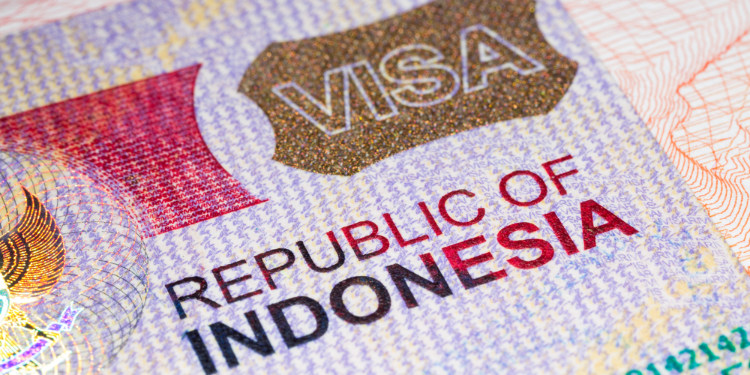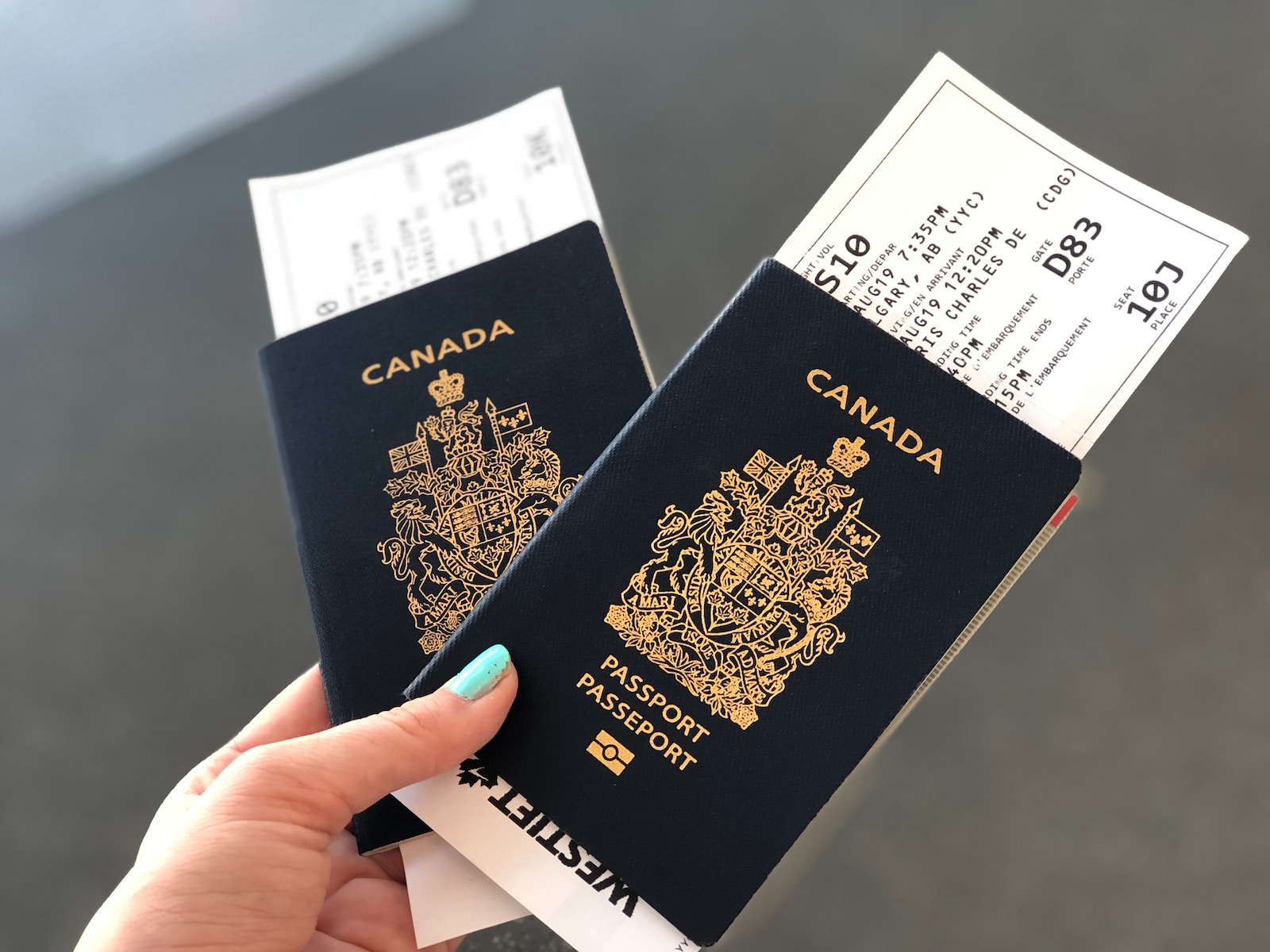Once you are the beneficiary of an approved immigrant petition and an immigrant visa number is immediately available to you, there are two ways to apply for lawful permanent resident status (a Green Card). If you are outside of the United States, you may apply at a U.S. Department of State consulate abroad for an immigrant visa in order to come to the United States and be admitted as a permanent resident. This pathway is referred to as consular processing.
If you are already in the United States, you can apply for permanent resident status without having to return to your home country to complete processing. This process is called adjustment of status.
Steps for Consular Processing
1. Determine Your Basis to Immigrate
The first step in consular processing is to determine if you are eligible to apply for a Green Card (lawful permanent residence). Most immigrants become eligible through a petition filed on your behalf by a family member or employer. Others become permanent residents by first obtaining refugee or asylum status, or through a number of other special provisions.
2. File the Immigrant Petition
When you know what category you believe best fits your situation, you usually will need someone else to file an immigrant petition for you.
- Family-based immigrant petition: If you want to apply for a Green Card based on your family relationship, a U.S. citizen or lawful permanent resident relative must file a Form I-130, Petition for Alien Relative for you.
- Employment-based immigrant petition: If you want to apply for a Green Card based on your employment, your U.S. employer must file a Form I-140, Petition for Alien Worker for you. If you intend to invest significant amounts of capital into a business venture in the United States, you may file Form I-526, Immigrant Petition by Alien Entrepreneur for yourself.
- Special categories: In some cases, you may file a Form I-360, Petition for Amerasian, Widow(er), and Special Immigrant for yourself or have someone else file one for you.
- Humanitarian programs: Most humanitarian programs do not require you to have an immigrant petition, although you may need to meet additional requirements before they can apply for a Green Card.
3. Wait for a Decision on Your Petition
USCIS notifies the petitioner of a decision. If USCIS denies the petition, the notice will include the reasons for denying the petition and whether you may appeal the decision. If the petition is approved and you live outside the United States (or live in the United States but want to apply for your immigrant visa abroad), USCIS will then send the approved petition to the Department of State’s National Visa Center. The petition will remain there until an immigrant visa number is available for you.
4. Wait for Notification from the National Visa Center
The National Visa Center (NVC) is responsible for collecting visa application fees and supporting documentation. The NVC will notify the petitioner and you (the beneficiary) when the visa petition is received and again when an immigrant visa number is about to become available. They will also notify you when you must submit immigrant visa processing fees (commonly referred to as “fee bills”) and supporting documentation.
5. Go to Your Appointment
Once a visa is available or your priority date is current (earlier than the cut-off date listed in the monthly Visa Bulletin), the consular office will schedule you for an interview. The consular office will process your case and decide if you are eligible for an immigrant visa.
6. Notify the National Visa Center of Any Changes
You do not need to contact the National Visa Center about your petition; they will contact you for the information they need. You should, however, contact the NVC if:
- You change your address,
- You were under 21 but have now reached the age of 21, or
- You change your marital status.
7. After Your Visa is Granted
If you are granted an immigrant visa, the consular officer will give you a packet of information. This packet is known as a “Visa Packet.” Do not open this packet.
You will need to pay a USCIS Immigrant Fee. USCIS uses this fee to process your immigrant visa packet and produce your Green Card. We encourage you to pay the fee online after you receive your visa packet and before you depart for the United States.
When you arrive in the United States, you should give your Visa Packet to the U.S. Customs and Border Protection (CBP) officer at the port of entry. The CBP officer will inspect you and determine whether to admit you into the United States as a lawful permanent resident. If the CBP officer admits you, you will then have lawful permanent resident status and be able to live and work in the United States permanently.
8. Receive Your Green Card
If you have paid the USCIS Immigrant Fee, you will receive your Green Card in the mail after you arrive in the United States. If you do not receive your Green Card within 45 days of your arrival, please call USCIS Contact Center at 800-375-5283.
If you did not pay the USCIS Immigrant Fee before you arrived in the United States, you will need to pay the fee before USCIS will send you a Green Card.











